5 things Albert Einstein got totally wrong
1. A notable error shows up in Einstein's most famous work: Relativity.

His theory of relativity describes gravity, space, and time in math equations — which no one had successfully done before.

But in order to get the math right, Einstein had to create a new constant number (an unchanging value, like 'pi' or 'e') and stick it inside his general relativity equations to balance them.
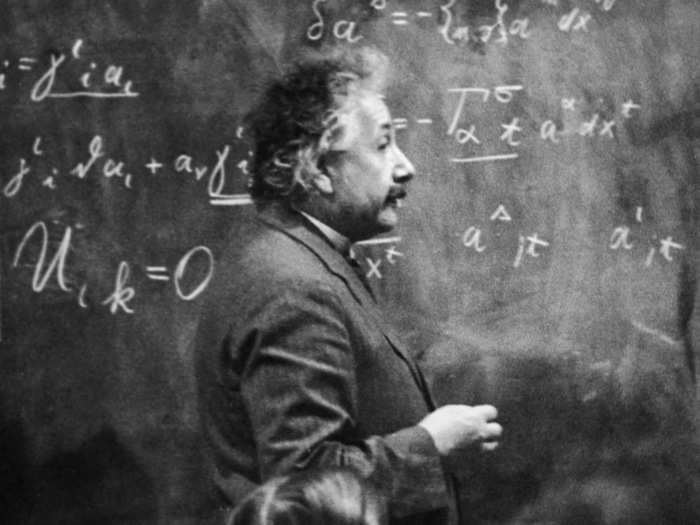
He called it the "cosmological constant," and it helped the equations account for the unchanging nature of the universe.
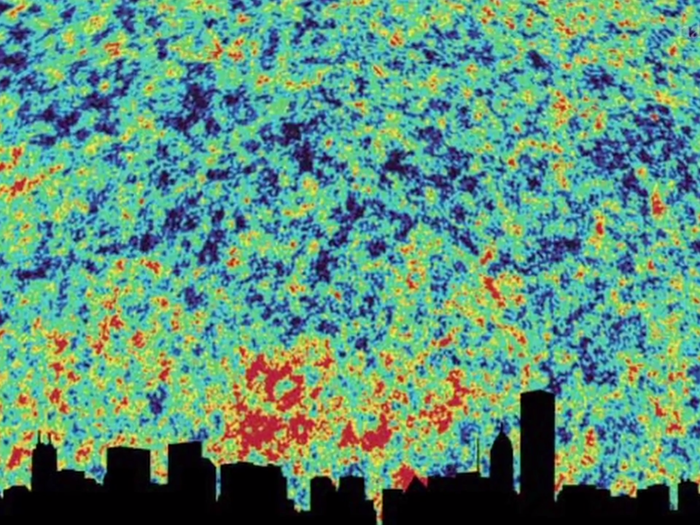
But not long after Einstein published his equations, physicists discovered that the universe wasn't constant, but actually expanding all around us at a blistering speed. Oops.
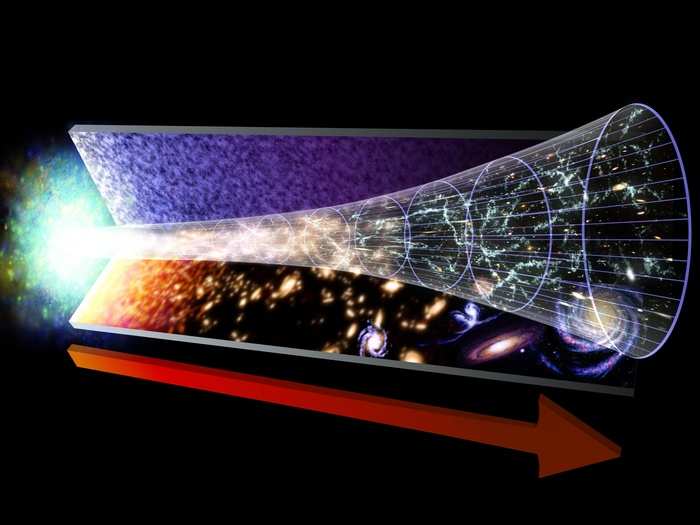
So Einstein abandoned the cosmological constant.
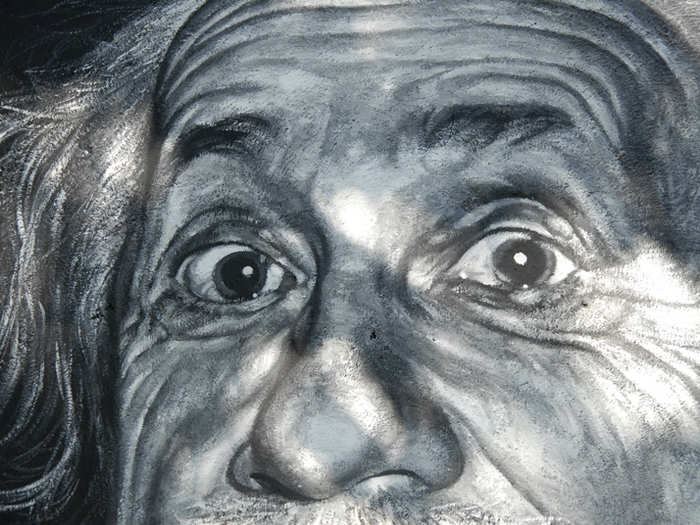
But that was a huge mistake. The equations still needed the cosmological constant.
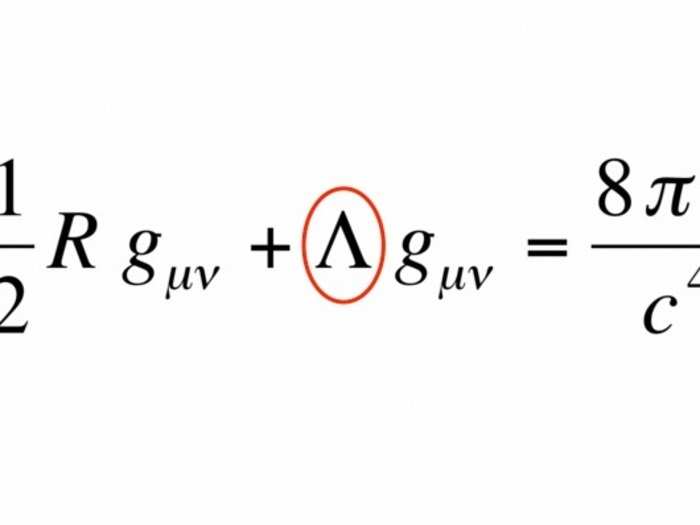
Scientists now see the cosmological constant as representative of a mysterious force called dark energy, which is causing the universe to expand at a faster and faster clip.

2. Einstein's equations also describe how gravity can bend light.
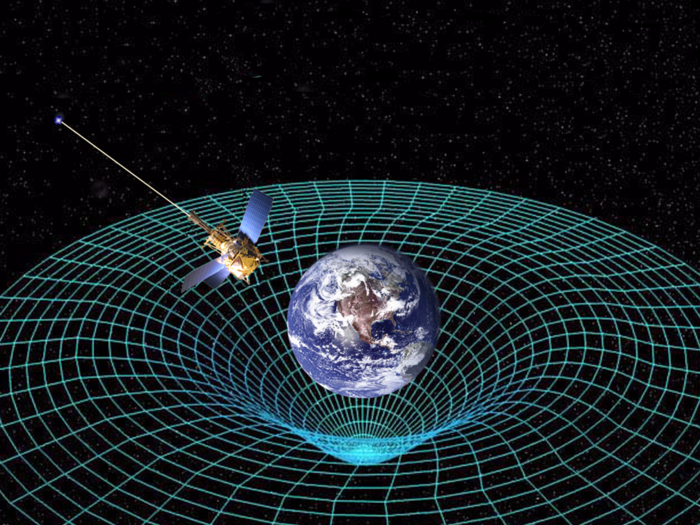
Fields of gravity around objects warp light waves as they pass through, like a huge cluster of galaxies.
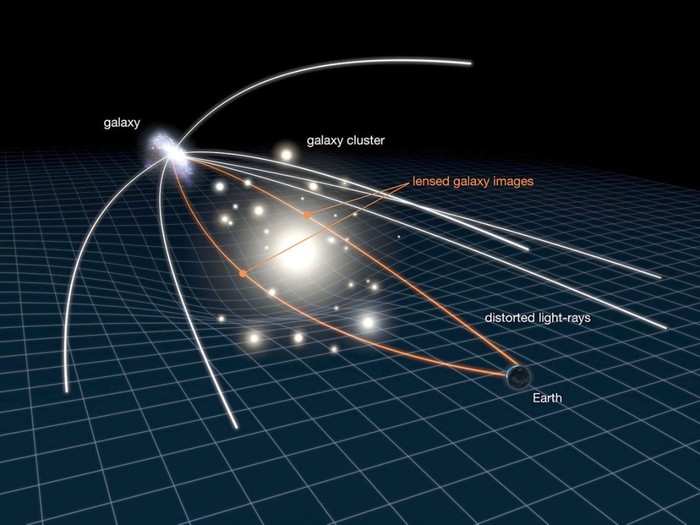
The bigger the object, the more it will bend light rays around it. The effect is called gravitational lensing.

Gravitational lensing is the best way to measure the mass of huge, distant objects. It also magnifies images of really distant objects so that astronomers can observe them from Earth.
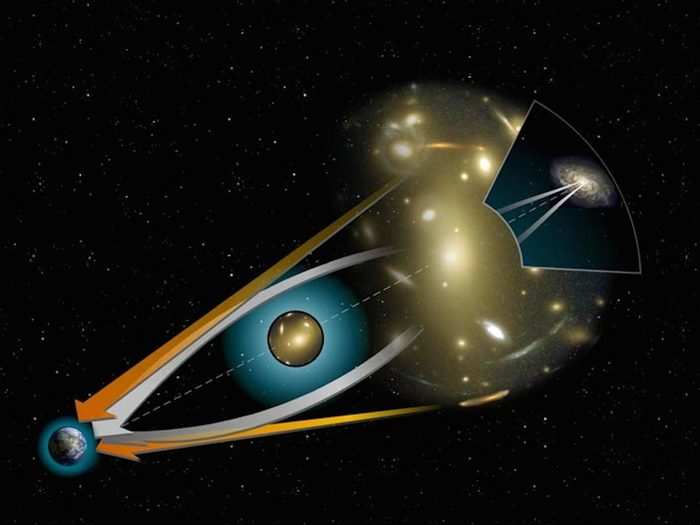
Astronomers also use gravitational lensing to map dark matter — an invisible substance that makes up about 85% of the universe's mass. They create the maps by observing how much dark matter bends visible light.
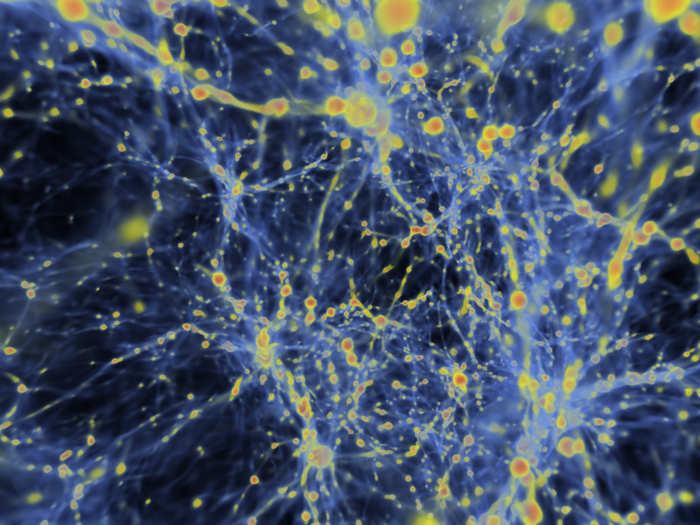
But Einstein thought gravitational lensing would be too small to see. He dismissed the idea as mostly useless, and he didn't bother publishing his findings until a colleague urged him.
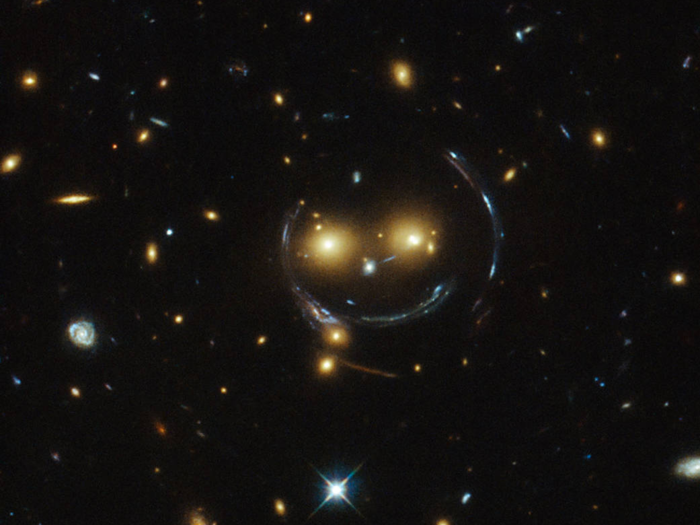
It was a serious misjudgment on Einstein's part to dismiss the idea, at least initially, considering how important the technique is today.
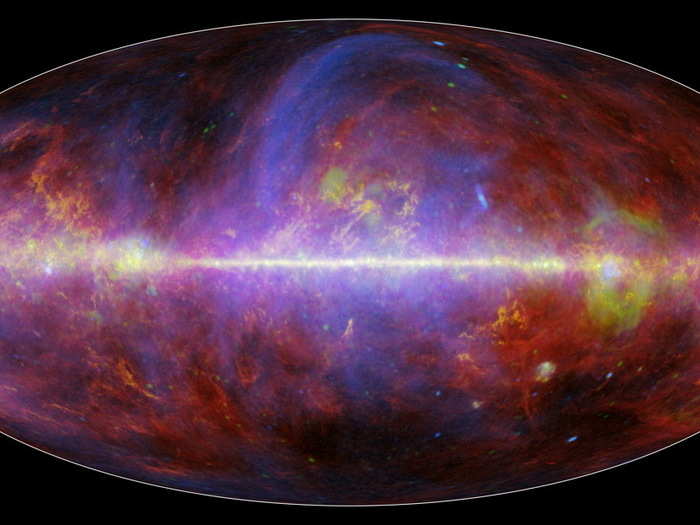
3. Einstein's theory of relativity predicted the presence of ripples in spacetime called gravitational waves.
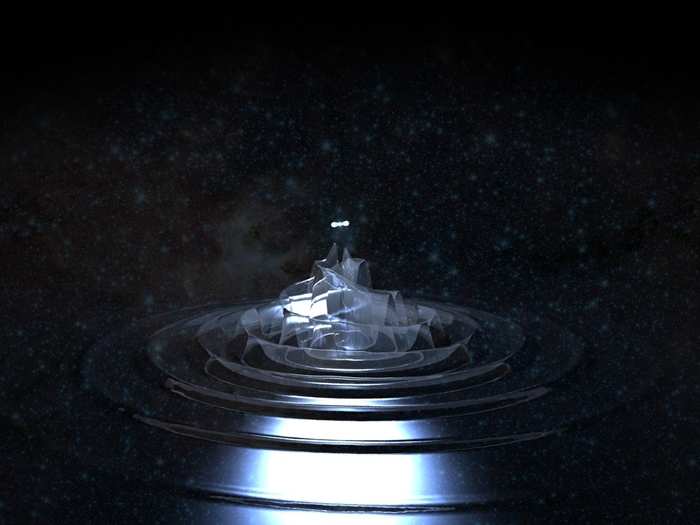
Einstein had already demonstrated that matter can curve space, so it only follows that moving matter around in space should create a wave — the same way dropping a rock in a lake creates ripples.

But ripples in spacetime seemed a little too far-fetched for Einstein. What's more, when he tried to write a mathematical formula to describe how gravity waves work, he couldn't do it.
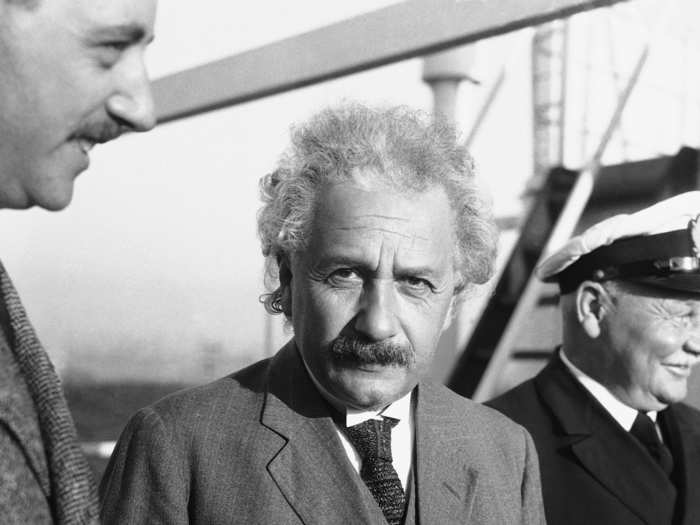
So Einstein rejected gravitational waves (even though his own theory predicted they exist!). He almost published a paper containing that huge error.

Luckily another scientist spotted his mistake before the paper went to press. Einstein was able to fix the gravitational waves formula and publish the corrected version suggesting that they do exist.
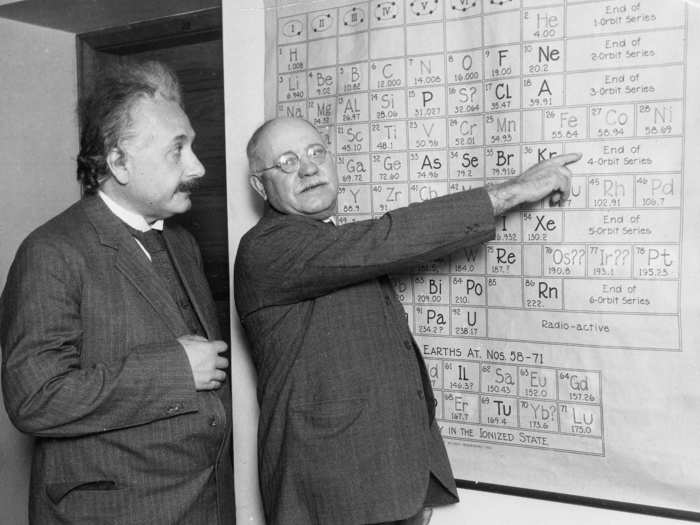
But even though the math suggests gravitational waves are real, we still haven't directly observed them.
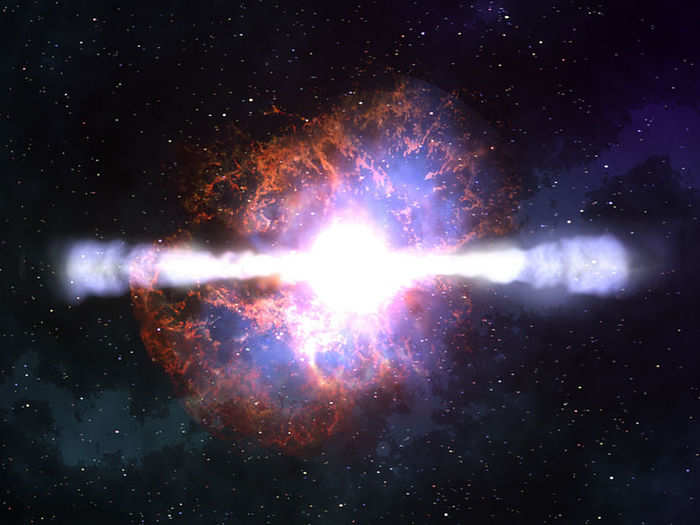
A huge manhunt is underway for the elusive waves. There are several gravity wave detectors in the US and abroad, and teams of physicists are hot on the trail.

4. Einstein ran into a similar problem with black holes: His theories predicted their existence, but he couldn't make sense of them.
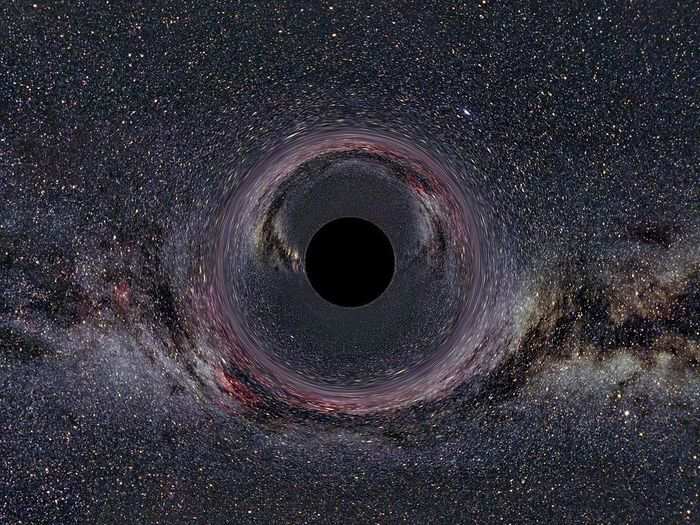
Unlike gravitational waves, however, he never changed his mind.
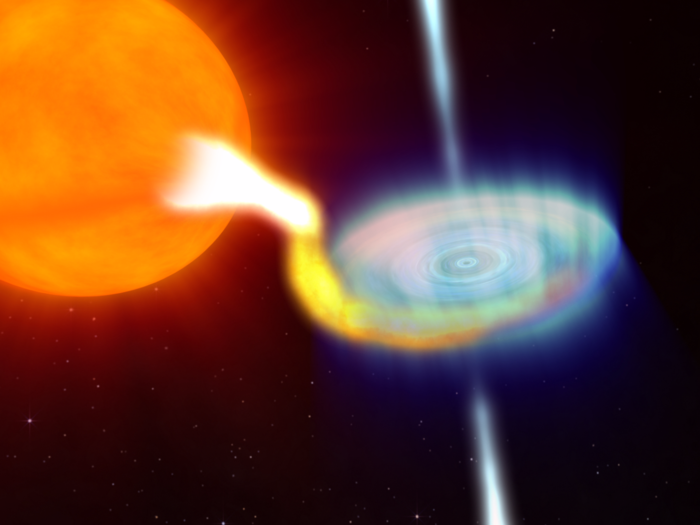
We now have plenty of evidence that black holes not only exist, but some grow to millions of times the sun's mass, including one at the center of the Milky Way.
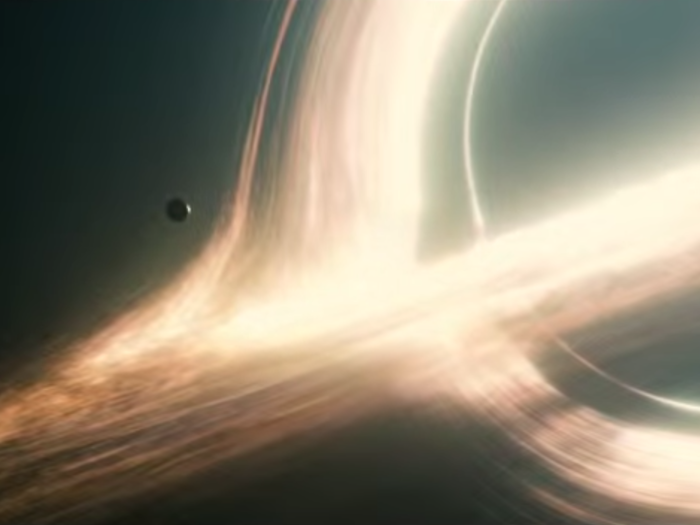
5. Einstein's later ideas were critical in the development of quantum mechanics — a branch of physics that studies the bizarre properties of tiny subatomic particles.
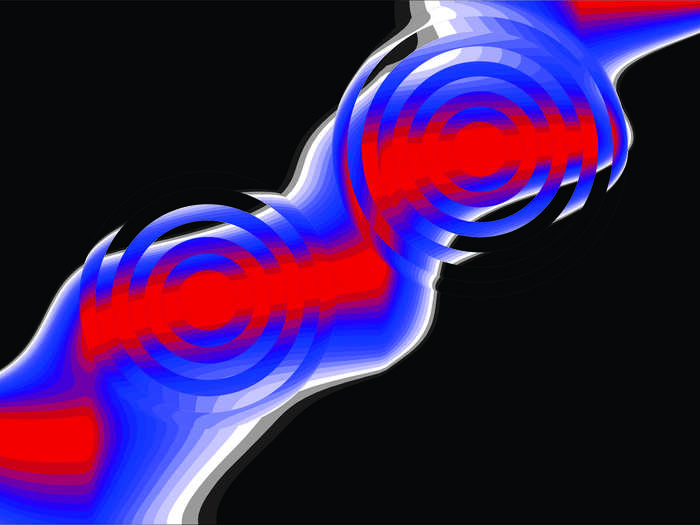
In fact, the research that earned him the Nobel Prize in 1921 (the photoelectric effect) was hugely instrumental in the development of quantum mechanics.
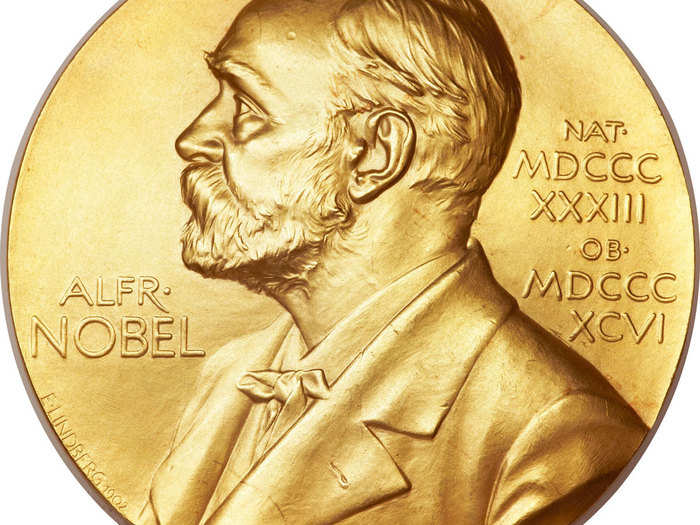
But Einstein had major doubts about quantum mechanics. And to his credit, a lot of elements of the theory are downright strange.
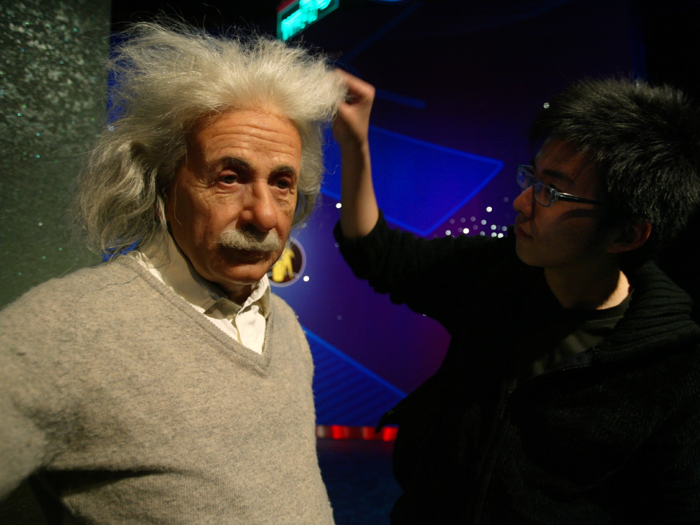
Quantum mechanic's bizarre properties suggest particles can be in two states at the same time, and can send information to one another faster than the speed of light.
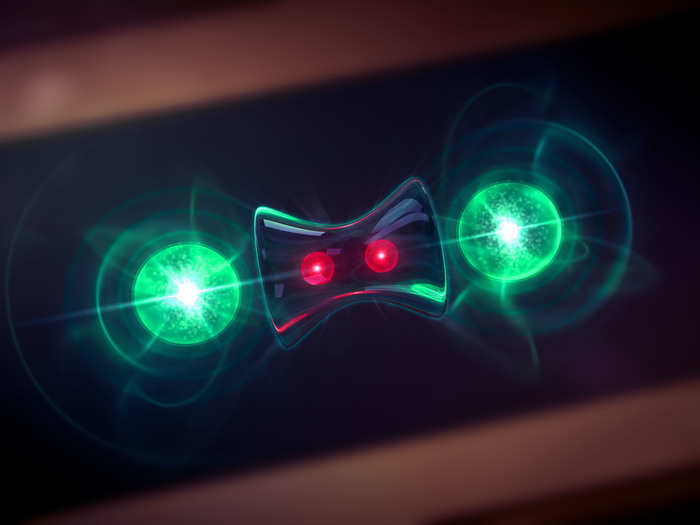
Even the physicists who study quantum mechanics are the first to tell you that they don't fully understand it.

But we're getting closer and closer to proving that quantum mechanics is real. So Einstein's failure to accept the theory may become his biggest blunder yet.
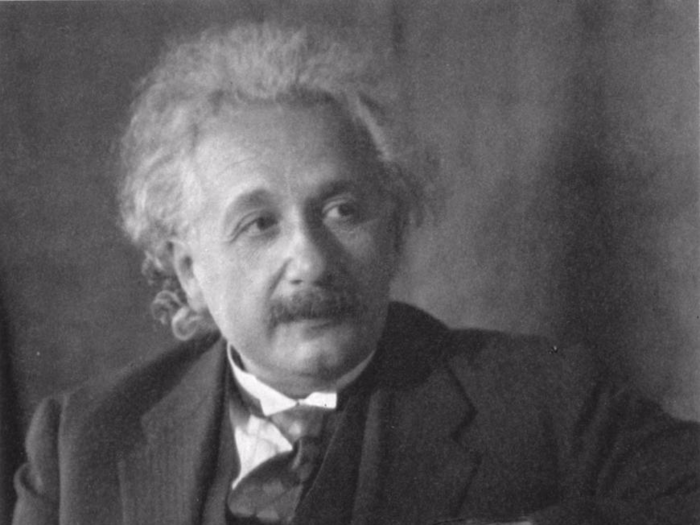
Despite all these mistakes, Einstein is still regarded as one of the most influential scientists of all time. After all, you can't revolutionize a field without making a few goofs along the way.
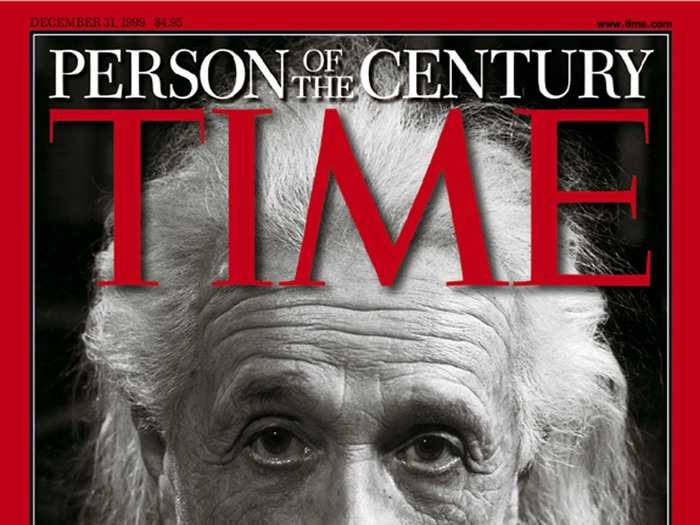
Popular Right Now
Advertisement